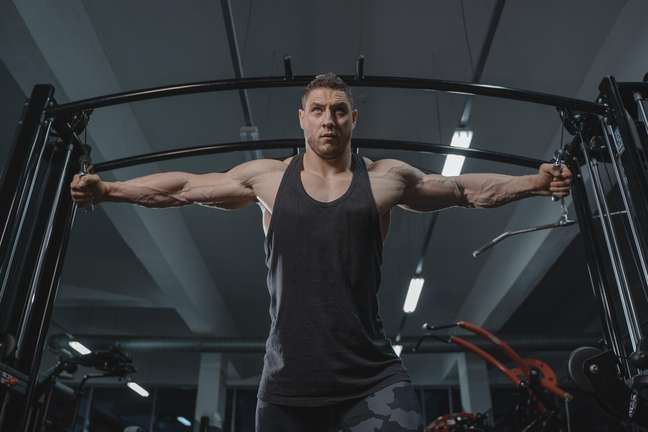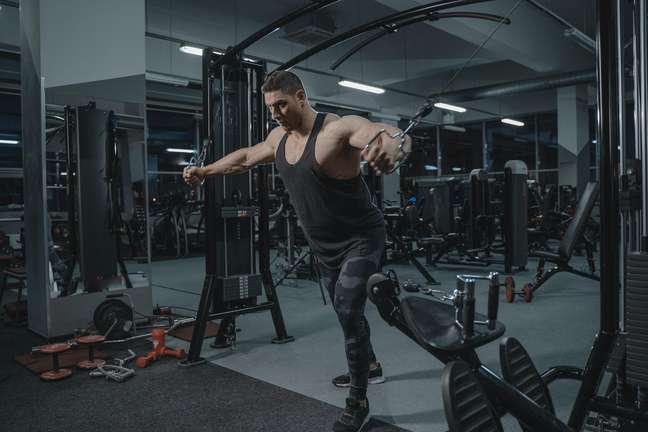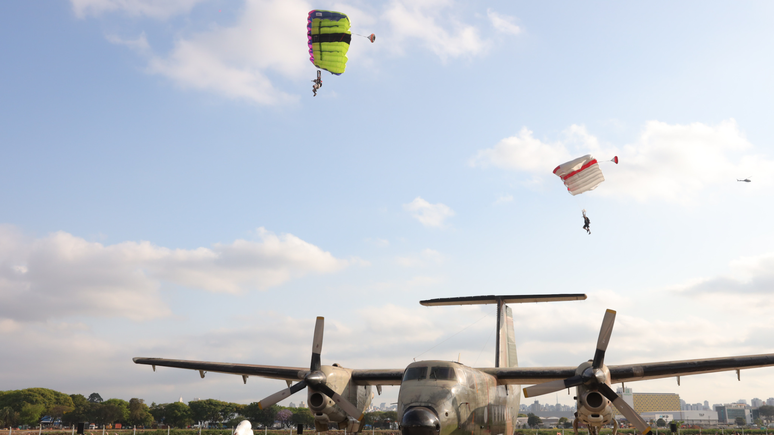One of the best exercises for the pectorals, the crossover is suitable for those who already have a physical condition.
Both beginners and veterans of bodybuilding must have heard of Crossover, after all it is one of the most beneficial practices for strengthening the chest. The equipment consists of cables that are pulled by the practitioner towards the front of the trunk and allow greater freedom of movement at different angles.


However, to perform the exercise correctly, it is necessary that the physical structure of the practitioner’s chest has already reached a certain level of strengthening and therefore, the Crossover is not suitable for beginners or people with disabilities or joint problemssince exercise promotes a great risk of injury.
Milà Toledo, a physical education professional explains that each exercise has its specific function to achieve predefined results and its benefits depend on several factors combined. But exercises that work on multiple areas at the same time, such as crossover, are great for developing localized muscle endurance, hypertrophy, and even composing short-term workouts.
COMBINED ADVANTAGES
- Strengthens the pectoral and anterior deltoid muscles.
- Helps in muscle definition.
- The cables provide wider movement and, based on the height adjustment of the cables, allow you to reach different muscle fibers (lower, middle and upper).
- It stimulates motor coordination and improves body awareness.
According to studies carried out by Boeckh-Behrens & Buskies (2000)the electromyographic potentials were evaluated by a series of chest practices, where the crossover showed great potential, as it achieved a stimulus of about 93%, second only to the barbell bench press.
HOW TO RUN THROUGH THE CORRECT WAY:
The instructions are from the physical educator and technical coordinator of Fit Anywhere, Alaide Martins Marques Souza.
- The pulleys must be placed in the high position;
- Then, take the pulleys and position yourself one step forward, centering your body on the equipment;
- The feet should be placed front-to-back – one foot in front, the other behind – or, if you prefer, feet parallel, with the knees slightly bent.
- Keeping your torso erect, tilt your spine slightly forward.
- Elbows should be half bent and turned backwards; avoid mounting the joint;
- Flex the chest, bringing the hands to the midline of the chest, touching or almost touching the hands;
- Then, flex your chest and bring your hands up to reach the midline of your chest, touching or nearly touching your hands.
- When you return your hands and start the execution again, stretch as much as possible.
Considerations:
- It is essential that the shoulders are relaxed, preferably away from the ears;
- The abdominal contraction will help in a better execution of the movement;
- Avoid bending the back and, throughout the movement, keep the thoracic inclination,
- It is important that your body is well prepared to cross over, and if you feel pain in your shoulder joint, it is a sign that you are trying too hard or that you are doing it wrong.
- Respect the limits in relation to the range of motion, do not go too far beyond the shoulder line so as not to overload this joint.
- Control the rhythm of the movement, open slowly and close faster.
Basic and common exercise mistakes:
- Too much trunk inclination
- Exaggerated flexion of the elbows;
- change balance
“Like any other movement during weight training, the Crossover must also be performed following an adequate technique, with adequate movements and performed correctly. Once this is done, the practitioner will avoid overloading the shoulders, also preventing the risk of injury. and muscle gain impairment in the target muscle. With that, the results will obviously be better “, concludes Alaíde.
Source: Terra
Benjamin Smith is a fashion journalist and author at Gossipify, known for his coverage of the latest fashion trends and industry insights. He writes about clothing, shoes, accessories, and runway shows, providing in-depth analysis and unique perspectives. He’s respected for his ability to spot emerging designers and trends, and for providing practical fashion advice to readers.







